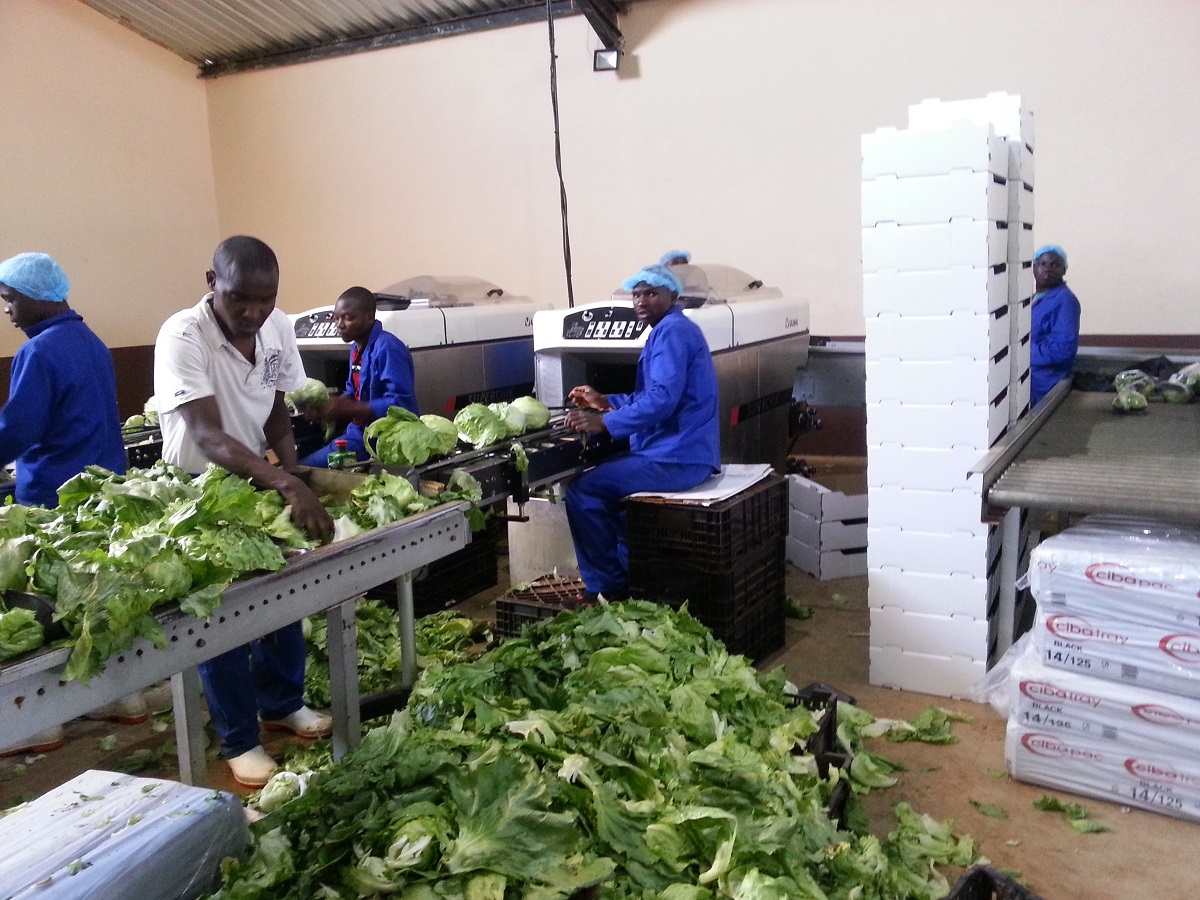
John Morton, Professor of Development Anthropology, NRI |
As I write, the full impact of the new coronavirus and the associated disease COVID-19 on developing countries is yet to be seen, and is hard to predict in either scale or nature. Yet it is clear that those impacts will include impacts on both smallholder and commercial farming and on other links in food supply chains.
At this point it is worth going back to literature on an earlier pandemic and its effects on agriculture, namely the HIV/AIDS epidemic that gathered force, at least in developing countries, in the mid-1980s. Obviously the two viruses and their associated diseases are hugely different in terms of modes of transmission, infection rate, timing of onset of symptoms, demography of those affected and mortality rates. The impacts on communities, economies and societies will similarly be hugely different. For example, HIV/AIDS had (at least until widespread access to antiretroviral therapy) 100% mortality, and disproportionately affected prime-age adults, therefore resulting in a proliferation of child-headed and grandparent-headed households, impacts we are not expecting with COVID-19. But it is worth revisiting some of the ideas and analytical distinctions used in looking at the interactions of the HIV/AIDS epidemic with agriculture to look at the interactions of COVID-19 and food systems.
Loewinsohn and Gillespie (2003), in a report for the International Food Policy Research Institute, showed a dual concern for both the ‘downstream effects’ of AIDS on agricultural livelihoods and the way different livelihoods may hasten or slow the spread of HIV infection. They also expressly aimed to embed within research methodologies the ways in which communities (and innovators within them) could resist HIV/AIDS and its effects, as well as suffer them. To this end, they introduced a distinction between two pairs of positive and negative concepts:
- Susceptibility: the chance of an individual becoming infected
- Resistance: the ability of an individual to avoid infection
- Vulnerability: the likelihood of significant impacts occurring at individual, household or community level
- Resilience: the active responses that enable people to avoid the worst impacts of an epidemic at different levels or to recover faster to a level accepted as normal.
It has to be said some commentators (like Erdstrom and Samuels 2007) criticised the particular terminology, but others (such as myself in Morton 2006) found it useful to think through the interconnections in particular livelihoods and sub-sectors.
In the case of coronavirus, the schema focuses our attention on:
- The factors of housing, diet and sociality that might make smallholders and other food system actors more or less susceptible to coronavirus infection – for example lack of access to sanitation and crowded conditions (though as a generalisation the latter might be less bad than in poor urban areas);
- Factors in the labour process itself that make people more or less susceptible: field labour might be assumed to be a fairly socially-distanced activity, outside co-operative work parties, but labourers in some processing facilities and packing-houses might be more susceptible, as might be those buying and selling in traditional markets;
- Factors that make farm households, food enterprises and value chains more vulnerable to the impacts of COVID-19, particularly short-term episodes of large numbers of prime-age adults being unavailable for work; this might apply to time-critical agricultural tasks like planting or harvesting, or potential short-term disruption to supply of perishable produce. High mortality among older people might negatively affect the transmission of valuable indigenous knowledge.
- Aspects of responses (or lack of responses) to COVID-19 by governments, food companies and financial institutions that might increase those vulnerabilities: closure of public transport might negatively affect smaller farmers who transport produce and inputs by bus, or those who migrate for agricultural labour.
These ideas are not put forward as substantive projections, but as examples of the sorts of questions those who can exert some influence over value chains, and researchers who support them, can think about. They also demonstrate the usefulness of maintaining a conceptual distinction between susceptibility and vulnerability.
Finally, the HIV/AIDS crisis in Africa and its impacts on agriculture generated a number of innovative solutions by NGOs and community-based organisations: promotion of low-input agricultural technology; agricultural extension to non-traditional clientele such as orphans, teenagers, widows, and women more generally; new or adapted credit institutions; expansion of agriculturally-focussed NGOs into health and diet messaging (White and Morton 2005). Again, there is no suggestion that these will be the specific answers for COVID-19, rather that similar approaches involving innovation, participation, multi-sectorality and a holistic approach to the disease and its impacts can make a difference.
References
Edstrom, J. & Samuels, F. (2007) HIV, Nutrition, Food and Livelihoods in Sub-Saharan Africa: Evidence, Debates and Reflections for Guidance. Report to DFID by IDS and ODI.
Loewinsohn, M. & Gillespie, S. (2003) HIV/AIDS, Food Security and Rural Livelihoods: Understanding and Responding. FCND Discussion Paper 157, International Food Policy Research Institute. Available at
Morton, J. (2006). Conceptualising the links between HIV/AIDS and pastoralist livelihoods. The European Journal of Development Research, 18(2), 235-254. https://doi.org/10.1080/09578810600708247 (subscription required)
White, J., & Morton, J. (2005). Mitigating impacts of HIV/AIDS on rural livelihoods: NGO experiences in sub-Saharan Africa. Development in Practice, 15(2), 186-199.
Find out more:

